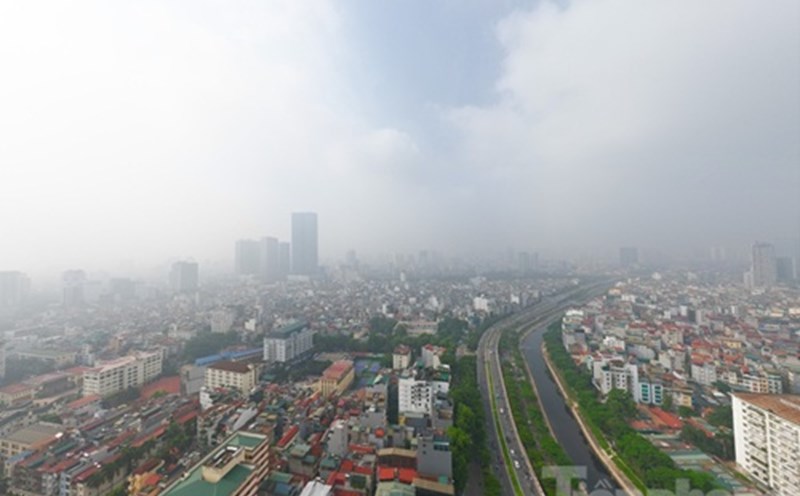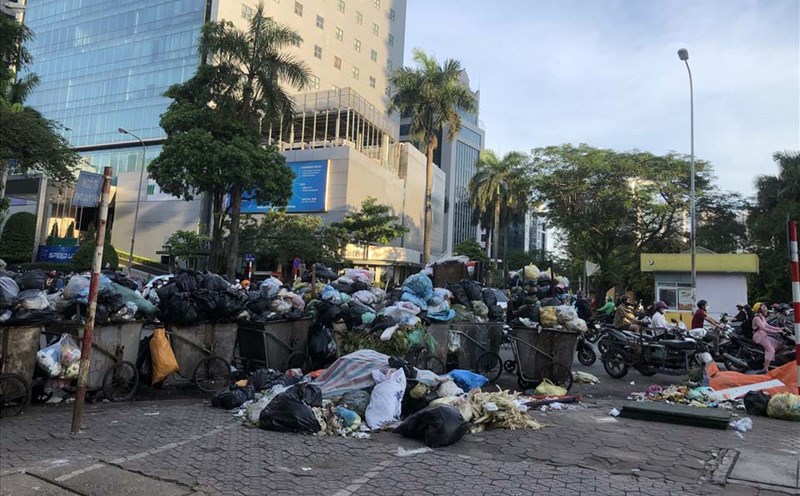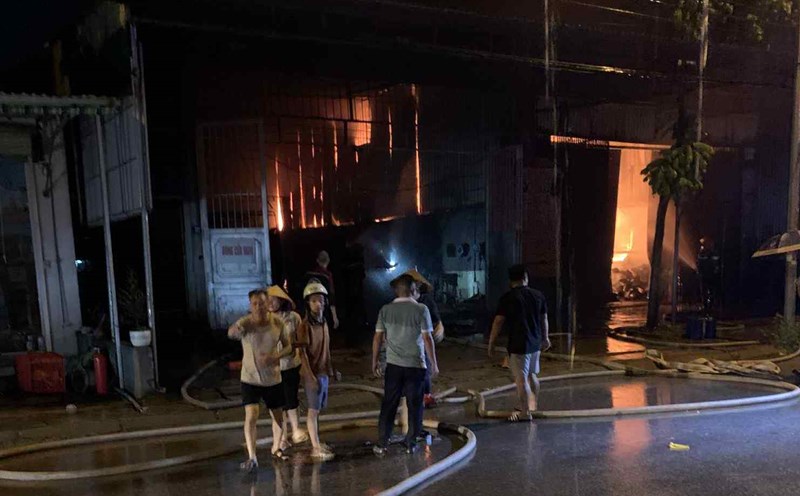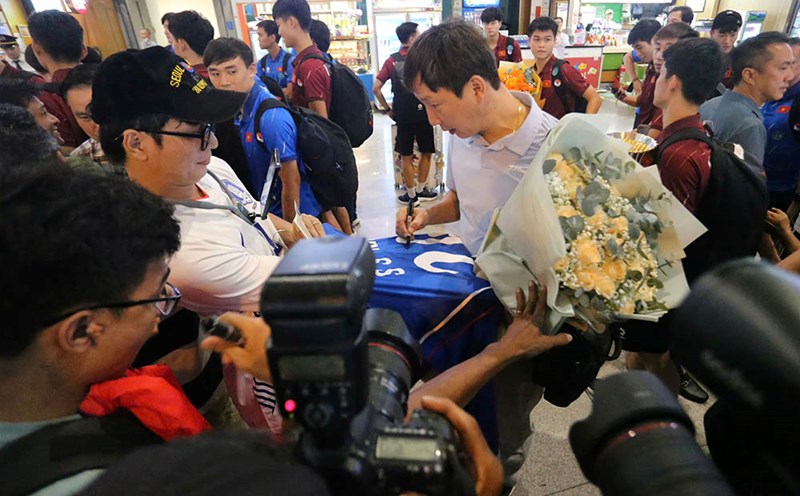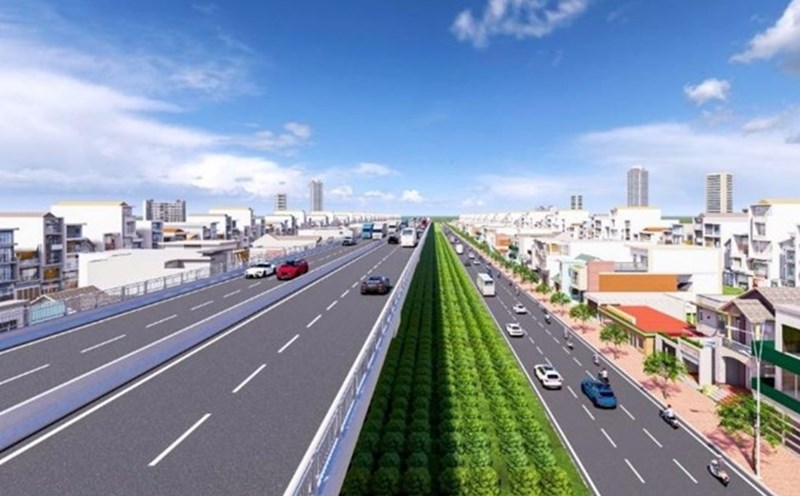Developing a plan to relocate the old factory from the inner city
This morning, July 30, the IQ Air air quality index measuring application ranked Hanoi as the 3rd most polluted city in the world. Previously, on July 29, Hanoi ranked first in terms of pollution.
Air quality management in Vietnam is facing many difficulties, especially in large cities, where pollution is becoming an increasingly urgent problem. Although the main groups of sources such as transportation, industry, construction, incineration of agricultural byproducts, residential activities, etc. have been identified, the control of these emission sources still has many shortcomings and lacks synchronization. In particular, the Northern region is also clearly affected by climate and weather factors.
According to Mr. Hoang Van Thuc, Director of the Department of Environment (Ministry of Agriculture and Environment), the reality shows that the wave of residents from rural areas continues to flow to large cities such as Hanoi and Ho Chi Minh City. The increase in the mechanical population leads to a sharp increase in the amount of domestic solid waste, the demand for electricity, water, fuel and means of transport, especially motorbikes. Most of the newcomers to the city use motorbikes as a means of livelihood.
"All of these factors put great pressure on urban environmental technical infrastructure. Therefore, local authorities need to invest more in waste collection and treatment systems, emission control, wastewater treatment... to both ensure people's needs and protect the environment sustainably" - Mr. Thuc said.
According to the Director of the Department of Environment, the draft National Action Plan on pollution treatment and air quality management for the period 2025-2030 clearly defines the general goals and specific targets.
The general goal is to gradually overcome air pollution, especially in large cities; improve public health and promote green and sustainable economic development.
Regarding specific targets, by 2030, PM 2.5 fine dust concentration will have to decrease by at least 20% compared to the average in 2024. According to observational data, in 2024, the average PM2.5 concentration in Hanoi will be about 47 μg/m3. Thus, in the next 5 years, the goal is to reduce this figure to about 37 μg/m3, and continue to gradually decrease to approach the threshold of 30 μg/m3 in the following stages.
To achieve this goal, Mr. Thuc said that many solutions need to be synchronized. First of all, it is necessary to control emissions from circulating vehicles, especially cars and motorbikes. It is expected that Hanoi and Ho Chi Minh City will start implementing from July 1, 2027.
Along with that, urban areas need to review, develop relocation plans or require production facilities using outdated technology to convert to environmentally friendly technology. In cases where relocation is not possible, it is mandatory to innovate technology.
Regarding the development of green transportation, the Director of the Department of Environment said that localities need to invest heavily in public transport, electric buses, and vehicles using clean energy.
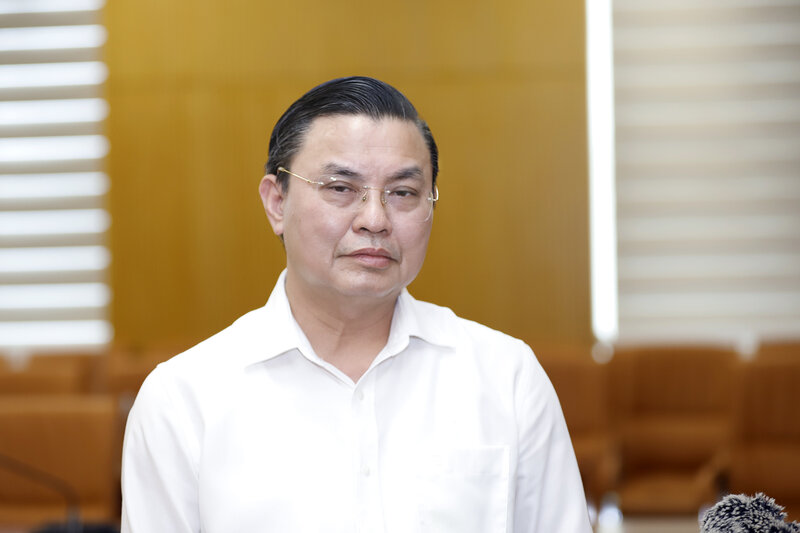
5 urgent tasks of the Ministry of Agriculture and Environment when implementing Directive 20
On July 12, 2025, the Prime Minister issued Directive 20/CT-TTg in 2025 on a number of urgent tasks, resolutely preventing and combating environmental pollution. In particular, the Directive assigns specific tasks to ministries and branches.
Sharing at the seminar "Determined to protect the environment and protect the health of the people of the capital" of the Government Electronic Information Portal, Mr. Hoang Van Thuc (Department of the Department of Environment, Ministry of Agriculture and Environment) said that the Ministry of Agriculture and Environment is assigned 5 main tasks when implementing Directive 20.
In particular, the Ministry of Agriculture and Environment is assigned to coordinate with ministries, branches and localities to review and re-evaluate all previous decisions and instructions of the Government and the Prime Minister. The Prime Minister also assigned the Ministry of Agriculture and Environment to coordinate with ministries, branches and localities to continue reviewing and perfecting policy mechanisms in the field of environmental protection. Regarding the two-level government model, the Ministry of Agriculture and Environment has also advised the Government to amend a number of decentralization and delegation of authority to localities to implement these tasks.
"In addition, we must review the national environmental technical standards system. I will give an example of the emission standards for cars in circulation that the Ministry has issued, and in the future the Ministry will issue additional regulations on emissions for motorbikes and mopeds, including regulations on the roadmap for testing vehicles from motorbikes and mopeds" - Mr. Thuc said.
According to the Director of the Department of Environment, the Prime Minister also assigned the Ministry to continue to invest and coordinate with ministries, branches and localities to strengthen the monitoring network so that we have dense data, ensuring information to serve State management agencies at the central and local levels. In particular, this is information about observation data, especially information about air quality that must be shared so that people can have daily grasp.
The Ministry also performs the tasks assigned by the Prime Minister, completing the final stage of submitting to the Prime Minister the National Action Plan on pollution treatment and air quality management for the period 2025 - 2030, including proposals for targets. For example, setting a target for Hanoi capital to reduce fine dust by 20% by 2030 compared to 2024.

